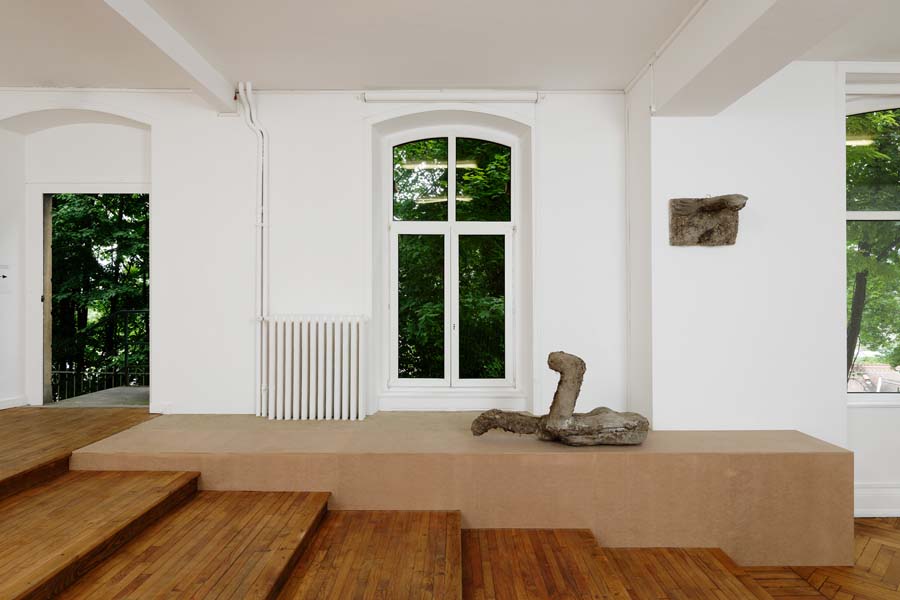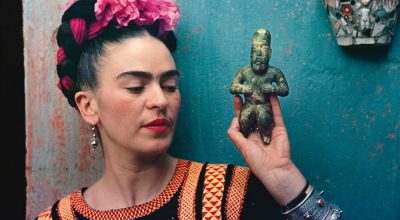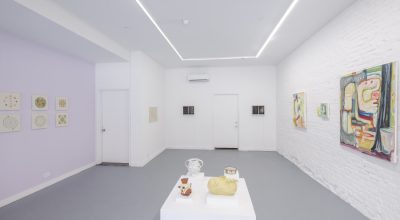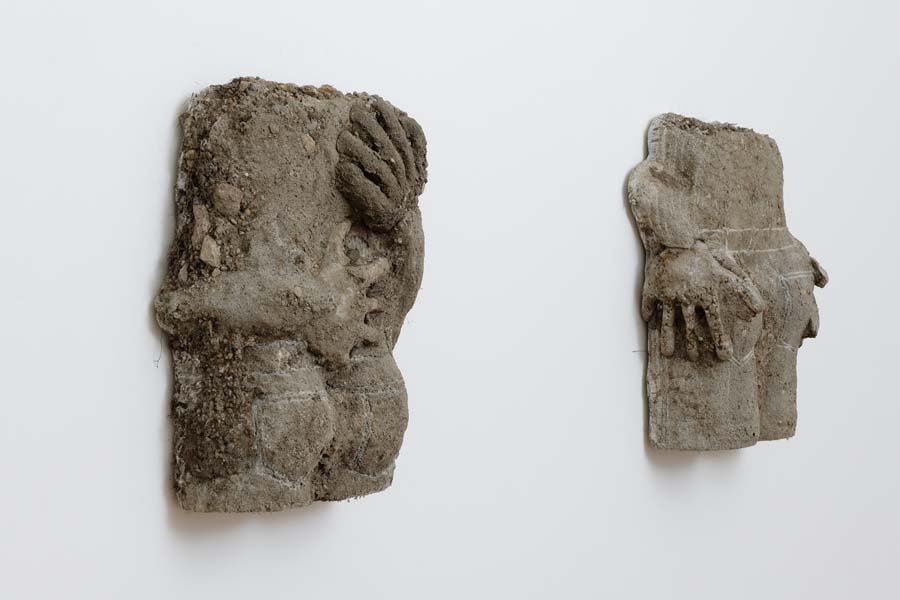
JORGE SATORRE: BLACK JACKET, GRAY SWEATSHIRT
Jorge Satorre (b. 1979 in Mexico City) was in residence at CRAC Alsace so as to produce new site-specific installations in dialogue with earlier bodies of work. The exhibition, Black jacket, gray sweatshirt, is generated by interlacing narratives and vernacular practices that Satorre both experiments with and literally unearths in Altkirch, a commune in the Haut-Rhin department in Alsace in north-eastern France.
The exhibition’s matrix is comprised of a series of 22 drawings created by the artist according to observations that he wrote in Mexico City’s Bosque de Chapultepec, a site of frequent romantic encounters, one day in October 2019. Jorge Satorre created these drawings over the course of four months by only referring to his notes. The resulting 22 drawings cover 7.5 hours of that day and each correspond to 20 minutes. A couple appeared around 1:45pm and left as it started to rain.

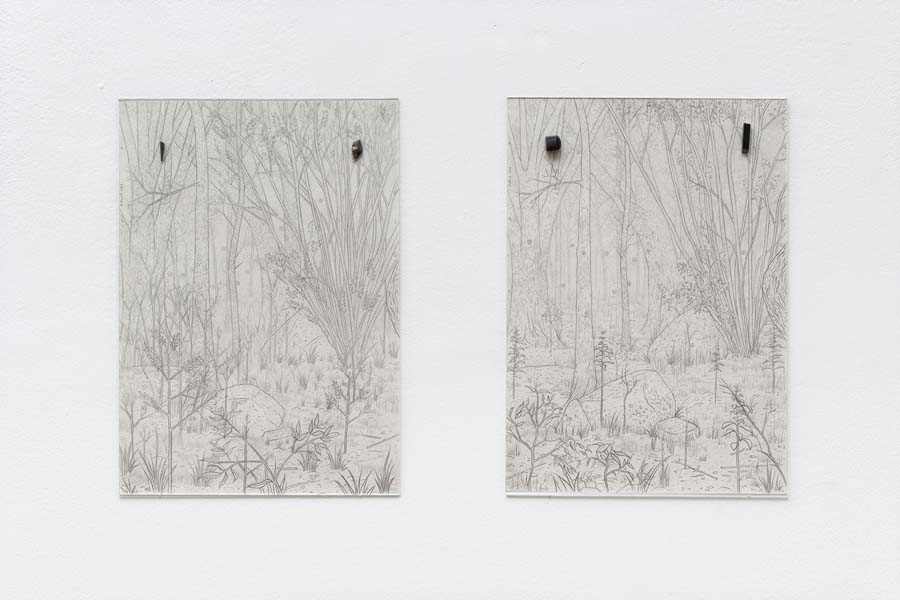
This series is inspired in part by the play El Acero de Madrid (The Steel of Madrid), written by Lope de Vega in 1608. The comedy recounts a specific practice—initially in vogue among Spanish high-society women in the 17th century but later becoming more widely popular—which consisted of ingesting small bits of clay pots called búcaros for the supposedly beautifying, skin-brightening, slimming, and possibly contraceptive qualities of their decorated surface.
These búcaros originated from Badajoz and Cáceres in Spain as well as Estremoz in Portugal. The most prized, however, were those that hailed from the province of Santiago de Tonalá, located in today’s state of Jalisco in Mexico. To counter the harmful effects of clay-eating, it was recommended to “drink and stroll the steel” (tomar y pasear el acero), i.e., to go to the woods or the countryside looking to drink ferruginous spring water. Spanish Golden Age society quickly eroticized this practice, assigning a sexual connotation to the expression by insinuating that these curative walks led to furtive love affairs.



Jorge Satorre ties this history to another practice recounted by Iván Gallegos, a blacksmith with whom he worked in Cuenca, Ecuador: when a tool is worn out, its damaged edge is cut off in order to sharpen it. The residues thus obtained are gathered, made red hot, then cooled down in a glass of water, infusing the history and strength of the work accumulated by the metal. The resulting infusion can be used as a remedy for all kinds of deficiency and loss.
Eating the decorated surface of functional objects produced on colonized land to brighten one’s skin—a symptom of classism and racism—or to prevent pregnancy; drinking the energy accumulated by laboring bodies in blacksmith workshops; partaking in non-reproductive sexuality by flirting in the woods: emerging here are practices of resistance or adaptation to class relations based on processes of appropriation, accumulation, or extraction.
These narratives and 22 drawings, gathered inside a book and brought to CRAC Alsace, enable Jorge Satorre to connect the interior of the art center, protected by its thick defensive walls, and the exterior, a garden that runs alongside. “Most of the works included in this exhibition at CRAC Alsace were developed on site, intuitively responding to the characteristics of the space and its surroundings. The formal core of the proposal consists in connecting the interior of the building both physically and conceptually to the garden behind it”, says the artist.
The drawings document in detail the various positions of an anonymous flirting couple dressed in a black jacket and a gray sweatshirt, and serve as models for molds dug directly in the ground of the garden, holes in which concrete is poured and from which fragments of bodies, arms, legs, butts, hands, hips, stomachs are extracted. Remnants of desire that, split from the earth, are laid out throughout an open art center now exposed to the elements.
“Unlike the type of work I normally make, where my research is based directly on historical or cultural aspects of the context that generates them, this exhibition seeks to respond to the physical conditions of the exhibition context,” Satorre explains.




Black jacket, gray sweatshirt, curated by Elfi Turpin, will be on view until October 10, 2021, at CRAC Alsace, Centre rhénan d’art contemporain, located in Altkirch, France, at 18 rue du Château.
También te puede interesar
Largest U.s.frida Kahlo Exhibition in 10 Years to Open in New York
"Frida Kahlo: Appearances Can Be Deceiving", scheduled to open February 8th, 2019 at the Brooklyn Museum in New York, is the largest U.S. exhibition in ten years devoted to Frida Kahlo, and the first...
ISA CARRILLO, CIRCE IRASEMA, LUCÍA VIDALES: TERRA PRETA
"Terra Preta" presents the work of three Mexican artists to consider the sacredness of fertile soil and the relevance of ancient wisdom. Through depictions of Mesoamerican mythology and deity representation, the examination of the...
HELIO. EL TALLER DE MIKE
"helio TM" is a group exhibition of Mexican artists who have employed the use of traditional heliogravure in their practice. This photographic printing process has seen a resurgence in recent years, particularly in Mexico...


